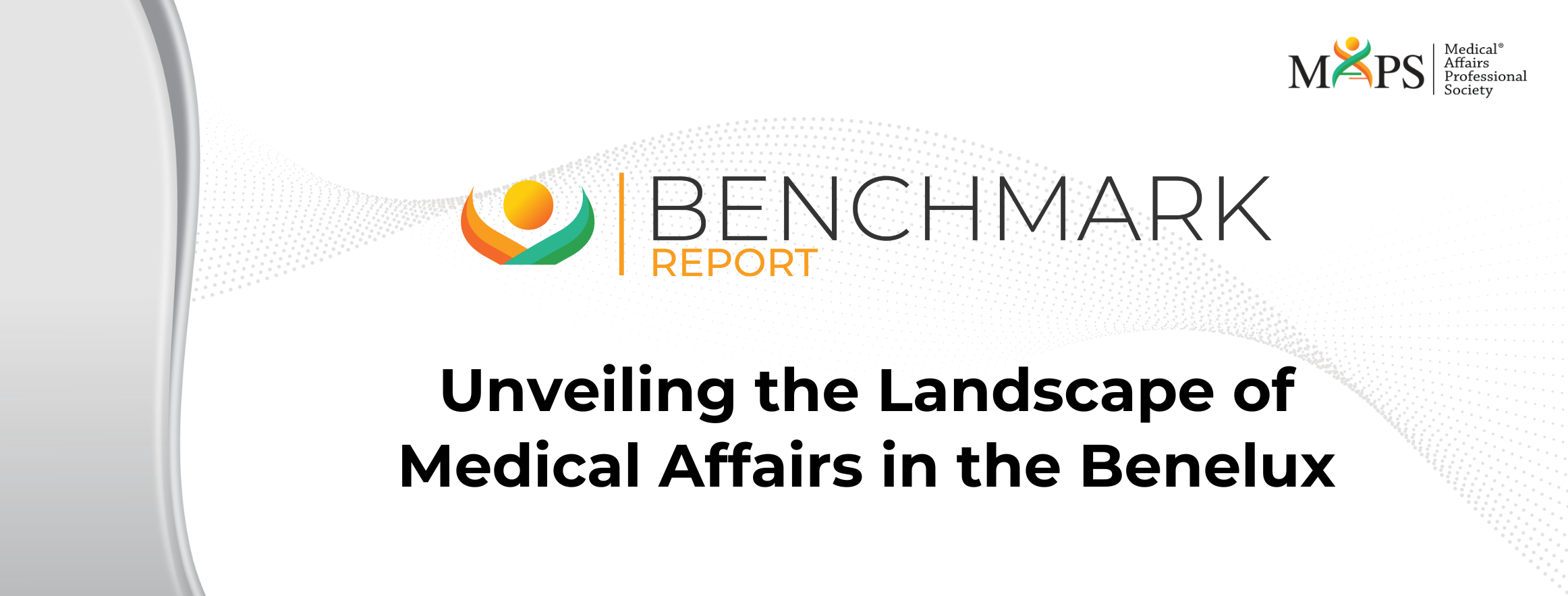Disclaimer: The insights and interpretations presented in this article are personal opinions of the authors based on their abalysis of the data and do not reflect the viewpoints of their respective companies.
Abstract
This survey is, to our knowledge, the first of its kind to delve into the Medical Affairs function and profession in the Benelux, with 118 Medical Affairs professionals contributing their insights. The study underscores the pivotal role of Medical Affairs in pharmaceutical companies, highlighting its evolution from a supportive function in the past to a key strategic role today. It offers a detailed analysis of the demographic profiles, roles, responsibilities, and job satisfaction levels of Medical Affairs professionals in Belgium and The Netherlands in Q4, 2022.
Key findings demonstrate that Medical Affairs professionals have a wide range of experience levels, from junior functions to senior leaders, indicating the field’s appeal across different career stages. The survey also identifies a shift in educational requirements, with advanced degrees becoming increasingly prevalent. Notably, the roles of Medical Affairs professionals show adaptability and diversity, with a significant focus on products in the pre-launch or launch phases.
The survey reveals a gap between the current practice in the Benelux region and the forward-looking role of Medical Affairs as outlined in strategic foresights like the vision for Medical Affairs 2030 as described by the Medical Affairs Professional Society (MAPS)1 and supported by McKinsey2. While high job satisfaction and appreciation from internal and external stakeholders are reported, there is an identified need for realignment in terms of field engagement expectations, particularly for MSLs. The survey suggests potential areas for further strategic evolution in Medical Affairs, including diversified stakeholder engagement, a shift in KPI focus, and the development of specialized educational programs, like the new specialty title for Medical Doctors Belgium (specialist in Pharmaceutical Medicine and Clinical Pharmacology)7.
In conclusion, the survey details significant opportunities for further evolution and modernization of Medical Affairs in the Benelux region, in line with global trends and expectations, and to ensure an optimal and successful go-to-market approach.





